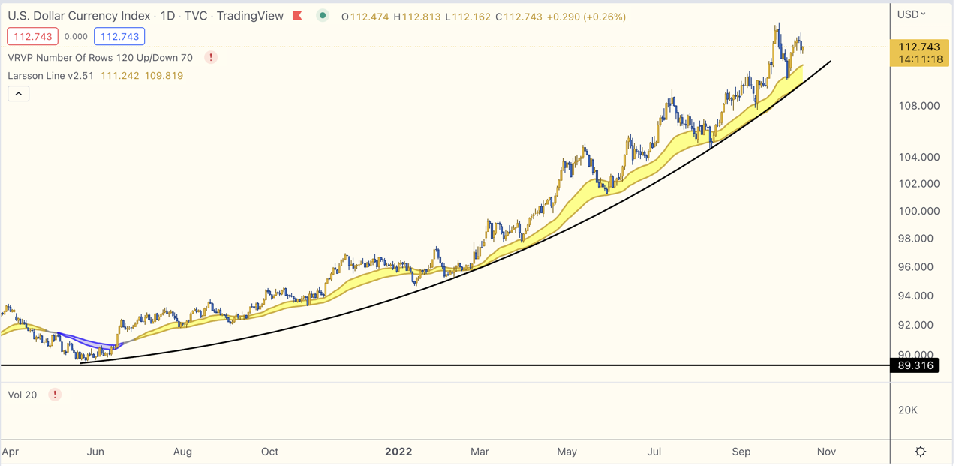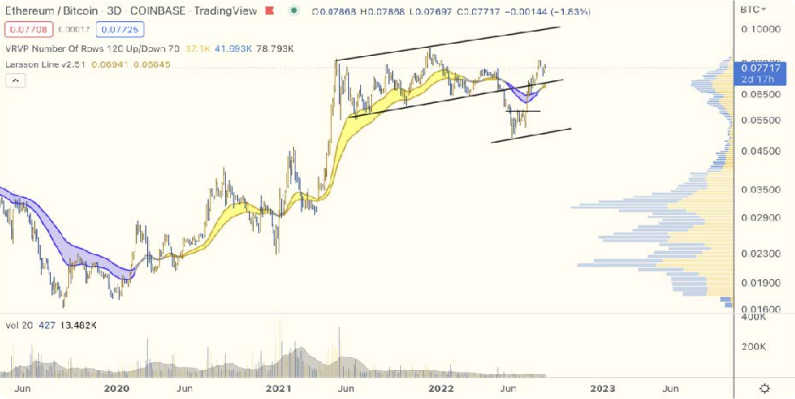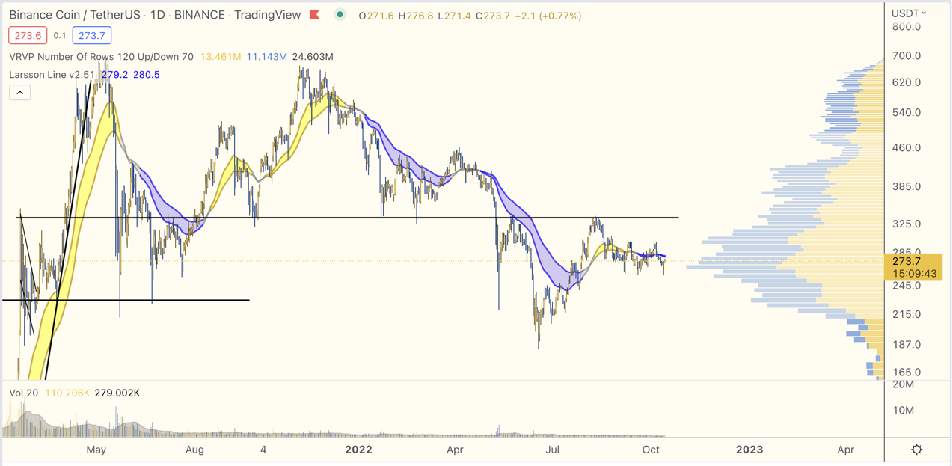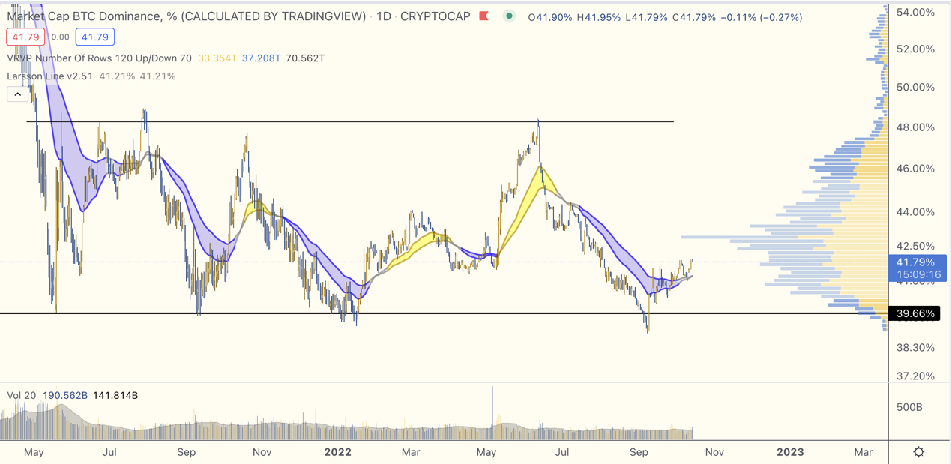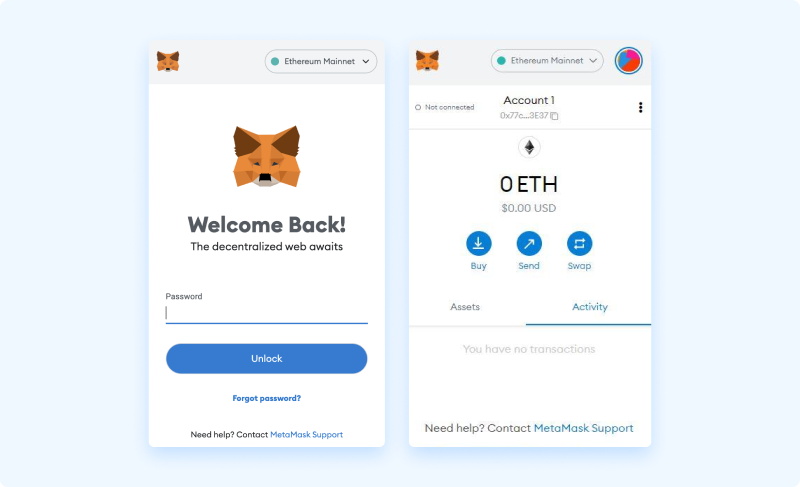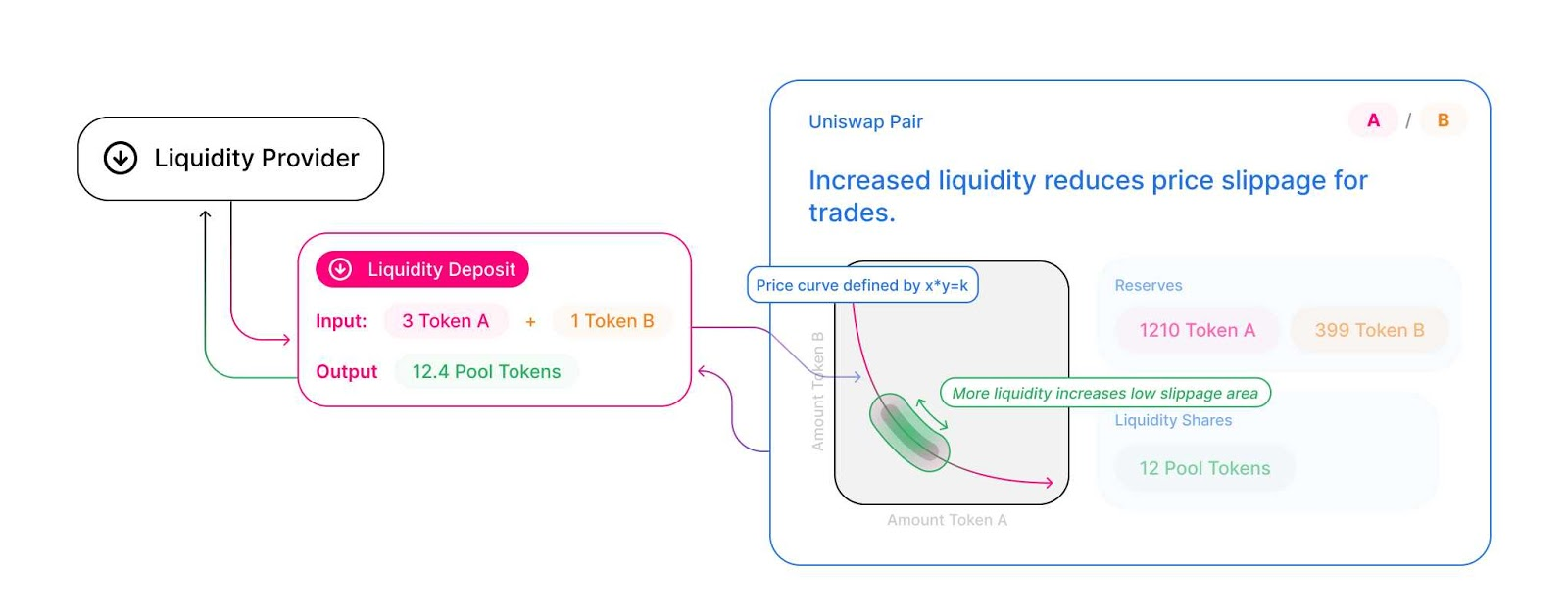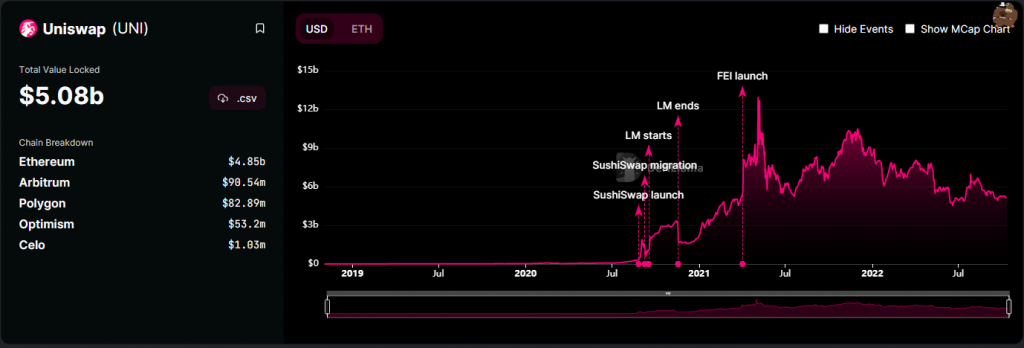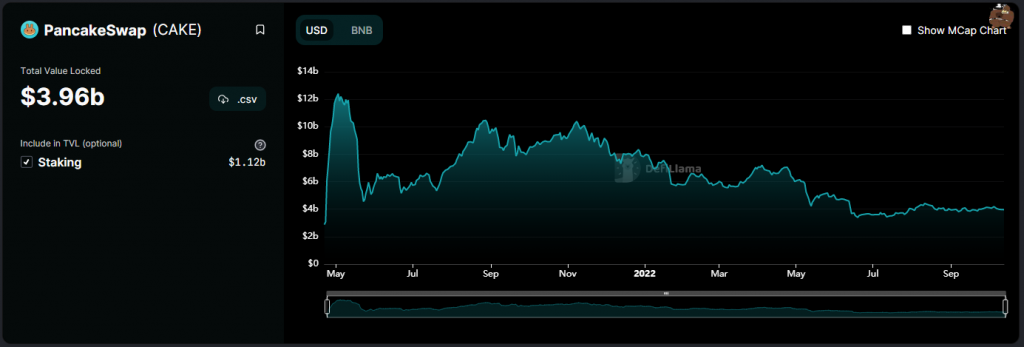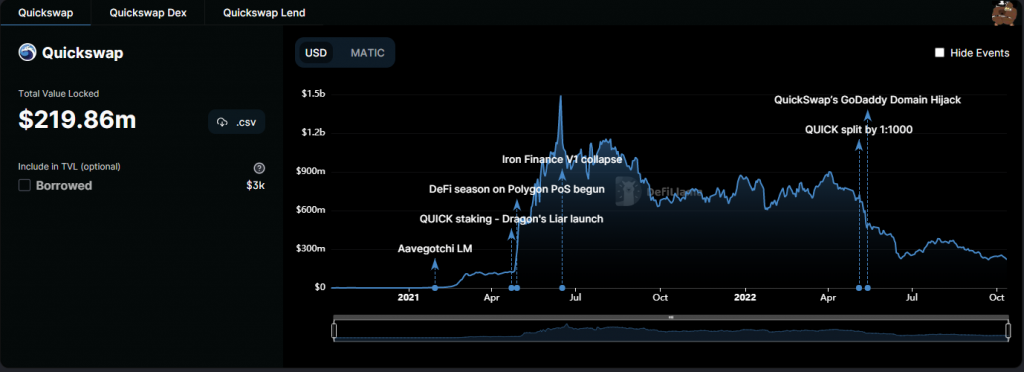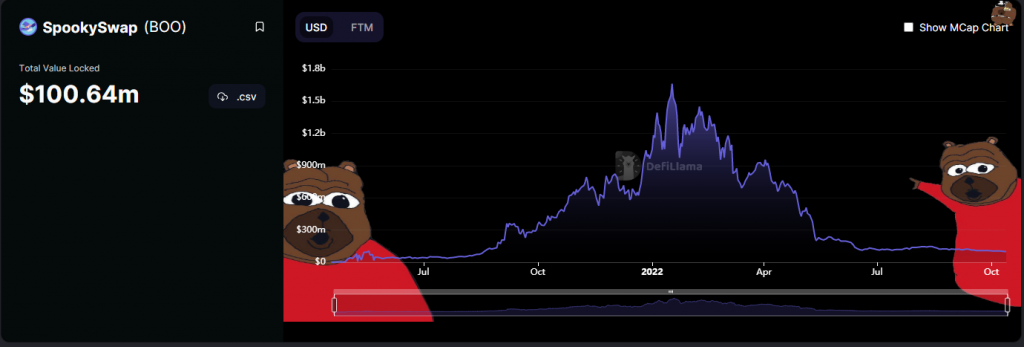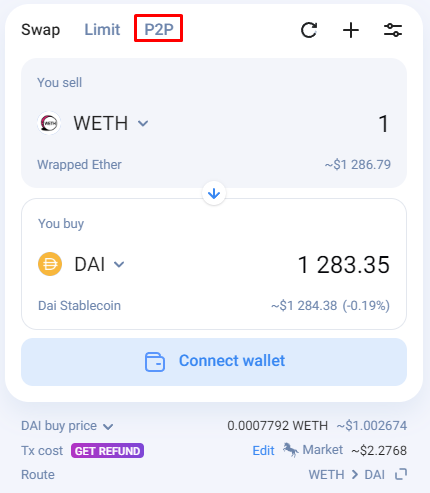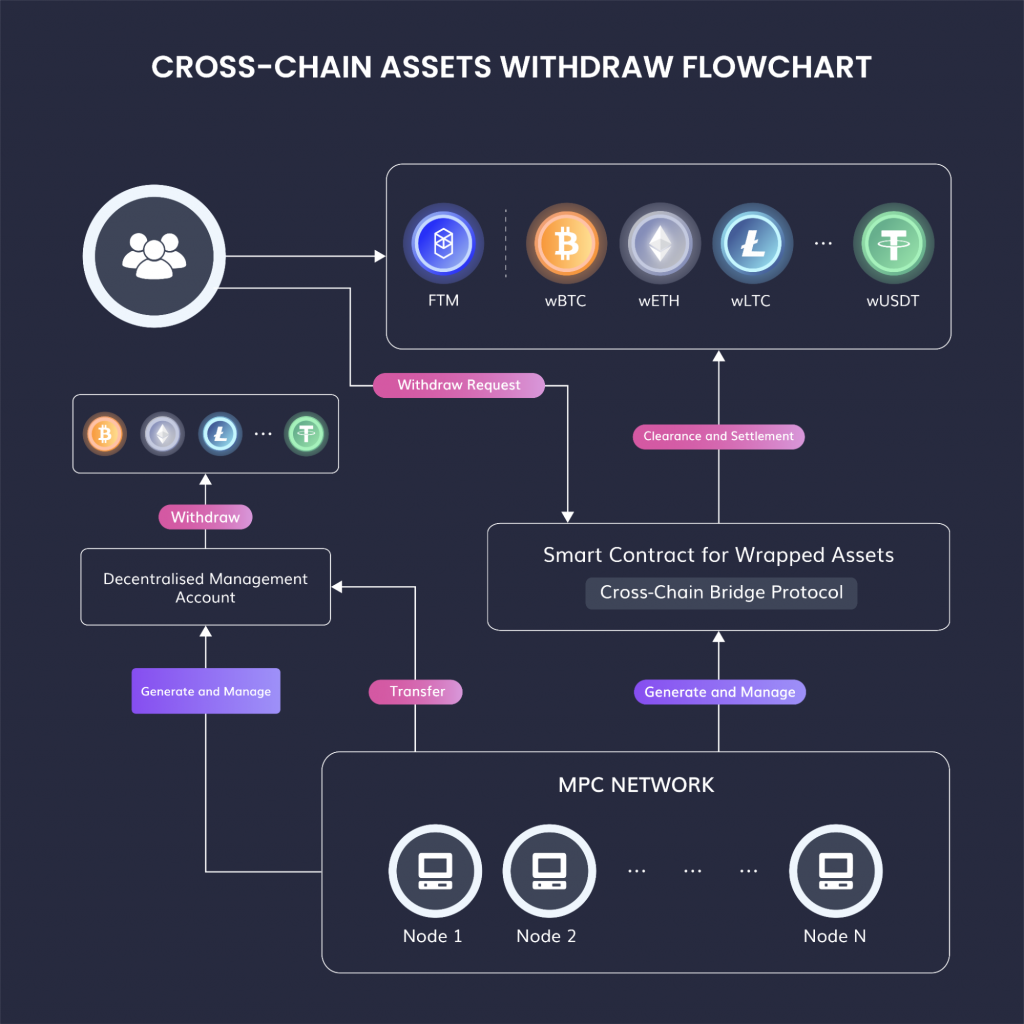Welcome back everybody. It’s been another exciting week in crypto and we’re pleased to bring you the next edition of The Blockchain Review. It was CPI data release time again yesterday and what transpired was a very volatile day in the markets. Some have been quick to say that it was the bottom, but it’s far too early to say so until there’s more clarity over what was an unusual market reaction to the figures.
The CPI figures were above expectations and unsurprisingly a near instant dump took place at release time. Bots and algorithms very quickly interpret the data as soon as it’s published and then compare this to what was expected. They are programmed to react far faster than a human can react and that’s why such big moves take place so quickly.
Then in the minutes following the release human traders interpret the data themselves by looking at the actual inflation figures relative to expectations and then make a decision on which way they think the market will go.
With yesterday’s inflation numbers coming in above expectations the initial selling was to be expected because the interpretation is that there will need to be further interest rate rises and less spending to get inflation closer to the target of 2% per year.
What was unusual though, was the market reaction following the initial dump, a sustained period of buying and new highs being made on the day. Equities and crypto both ended up in positive territory, contrary to what would usually be expected. So there are theories emerging around why this was. Was it just a short squeeze or were there other reasons for buyers’ interest.
We know the IMF have been meeting this week and there have been both public press conferences and private meetings. We won’t know the outcome of those private meetings until economic and fiscal policy decisions from governments and central banks transpire. There could have been something agreed over the past few days and those in the know reacted accordingly.
It’s a timely reminder though that Bitcoin was created to provide a transparent alternative to traditional finance, and so that the public aren’t reliant on the decisions of a select few. It’s designed with predictable inflation and a limited supply of 21 million, to be decentralized and permissionless, so anybody can take part on an equal basis.
Ok so we’ve still got volatility, forks and crypto power players, but it’s important to maintain our belief in this as an alternative system and a choice for regular people going forward. Especially in the scenario where governments and banks begin to launch their own CBDC’s which will make use of blockchain technology but continue to centralize the decisions in the hands of the few.
If there’s something like a ‘Plaza Accord 2’, it would amount to a coordinated effort from central banks to push down the value of the dollar. In 1985 it was the then G5 nations of USA, UK, West Germany, France and Japan who did something similar. This time it could be the G7 nations with Italy, Canada and the European Union included in negotiations.
In 1985 when ‘Plaza Accord 1’ was agreed, inflation had already been brought under control in the US, so many commentators are saying it’s unlikely to happen until their inflation is down. So it’s probably wise to continue to monitor the data and the policy announcements in the coming days and weeks. As well as keep reminding ourselves of the original ethos and longterm goals of decentralized currency.
We’ll always provide you with our research to help with your education. We’ll keep close track of the main developments and evolution of the niches in blockchain so that you get the best of the new knowledge. When you’ve finished reading your report then please remember to fill out the feedback form, your research is valued and we’re always open to suggestions.
With Great Respect,
Ivan Liljeqvist




